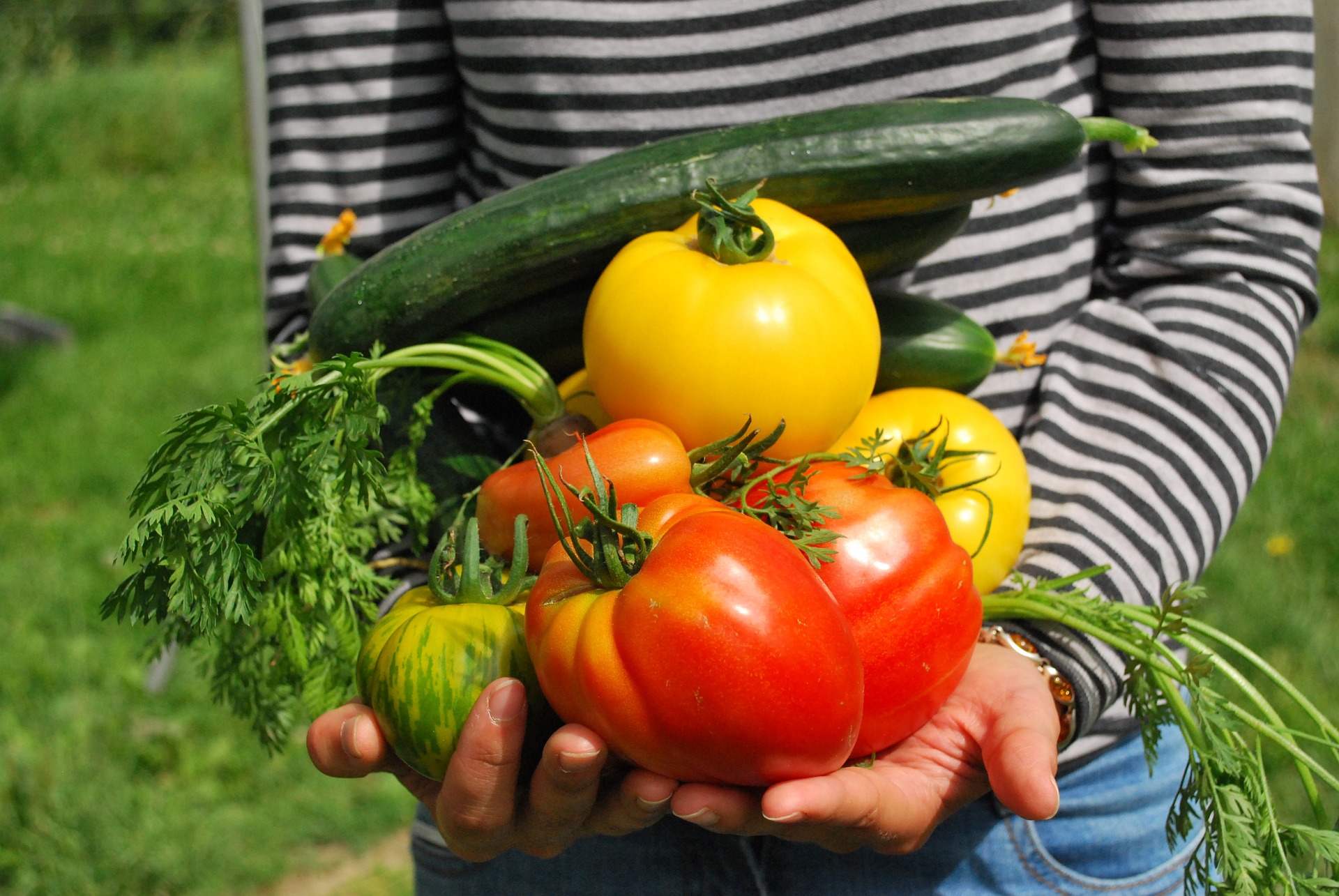Creating Your Own Vegetable Garden: A Beginner's Guide
Embarking on the journey of creating your own vegetable garden can be incredibly rewarding, providing fresh produce and a connection to nature right outside your doorstep. Whether you have a spacious backyard or a small balcony, here’s a comprehensive guide to help you start and maintain your own vegetable garden.
Planning Your Vegetable Garden
- Choose a Suitable Location:
- Select a spot that receives at least 6-8 hours of direct sunlight daily.
- Ensure the area has access to water and is easily accessible for maintenance.
- Design and Layout:
- Sketch a layout considering the space available and plant requirements.
- Arrange beds or containers based on plant height and sunlight needs.
Essential Tools and Materials
- Basic Gardening Tools: Spade, trowel, gardening gloves, watering can or hose.
- Quality Soil: Use nutrient-rich soil suitable for vegetable growth or consider creating a compost pile for organic fertilizer.
- Seeds or Seedlings: Choose vegetable varieties suited to your climate and growing conditions.
- Mulch and Supports: Mulch helps retain moisture and suppresses weeds. Supports like trellises or stakes are essential for climbing plants.
Choosing Vegetables to Grow
- Consider Climate and Season: Select vegetables that thrive in your local climate and season.
- Beginner-Friendly Options: Tomatoes, lettuce, carrots, and herbs like basil and parsley are ideal for beginners due to their ease of cultivation.
Planting and Maintenance Tips
- Prepare the Soil:
- Clear the area of weeds and rocks.
- Amend the soil with compost or organic matter to improve fertility and drainage.
- Planting Techniques:
- Follow seed packet instructions for planting depth and spacing.
- Transplant seedlings carefully, ensuring roots are well-established in the soil.
- Watering and Feeding:
- Water deeply and consistently, ensuring the soil remains moist but not waterlogged.
- Feed plants with organic fertilizer or compost tea throughout the growing season.
- Weed and Pest Control:
- Regularly inspect plants for pests and diseases.
- Use natural methods like companion planting and organic sprays to deter pests.
Harvesting and Enjoying Your Produce
- Monitor Growth: Harvest vegetables when they reach maturity based on size, color, and texture.
- Enjoy Fresh: Incorporate homegrown vegetables into meals for fresh, nutritious dishes.
- Continuous Care: Plan for succession planting to ensure a continuous harvest throughout the season.
Conclusion
Creating your own vegetable garden is a fulfilling endeavor that promotes sustainability, enhances nutrition, and fosters a deeper connection to nature. By following these steps—from planning and planting to nurturing and harvesting—you can cultivate a thriving garden that yields delicious, homegrown vegetables. Embrace the joys of gardening and reap the rewards of fresh produce grown with your own hands, right in the comfort of your home.





